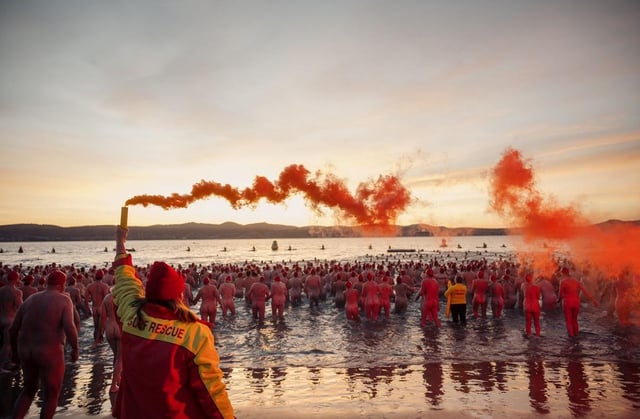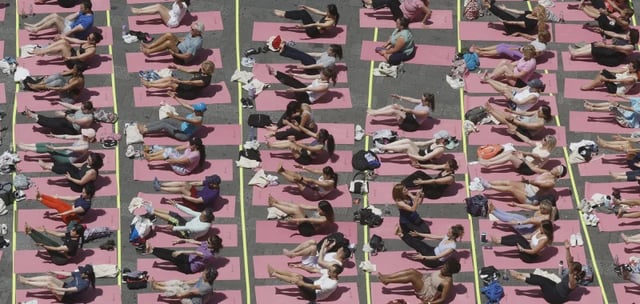Overview
- The summer solstice occurs when the Northern Hemisphere’s tilt toward the sun is at its greatest, producing the longest day and shortest night on June 21 this year.
- This event officially begins astronomical summer north of the equator, which will extend until September 22 following meteorological summer from June 1 to August 31.
- Thousands of observers have gathered at Stonehenge and other aligned monuments worldwide to participate in centuries-old midsummer rituals.
- The Met Office predicts hot, humid weather across the UK with sunny spells giving way to scattered thundery showers and cooler westerly breezes later in the day.
- Despite offering peak daylight hours, the solstice does not coincide with the earliest sunrise or the latest sunset of the year.



